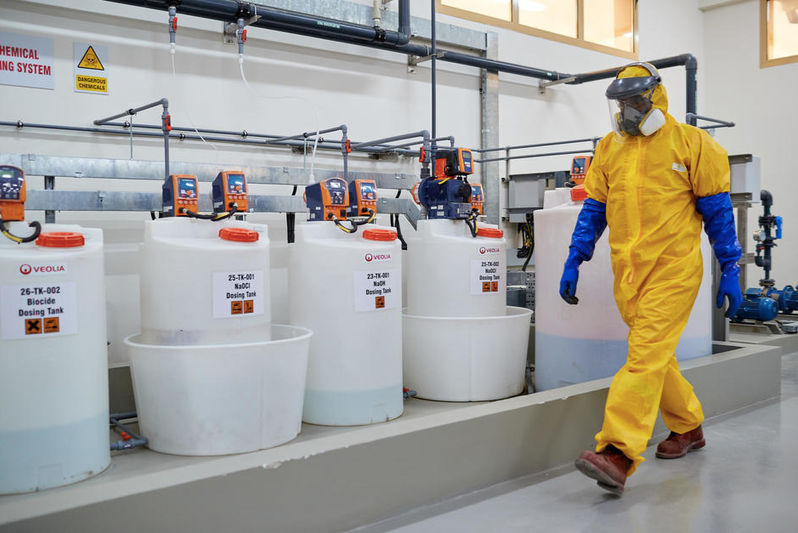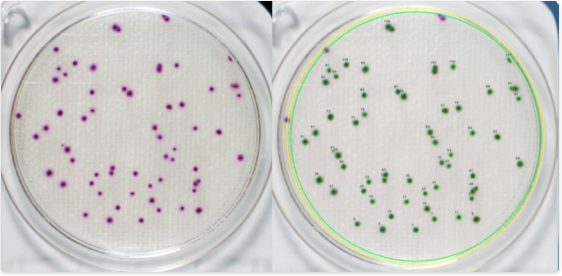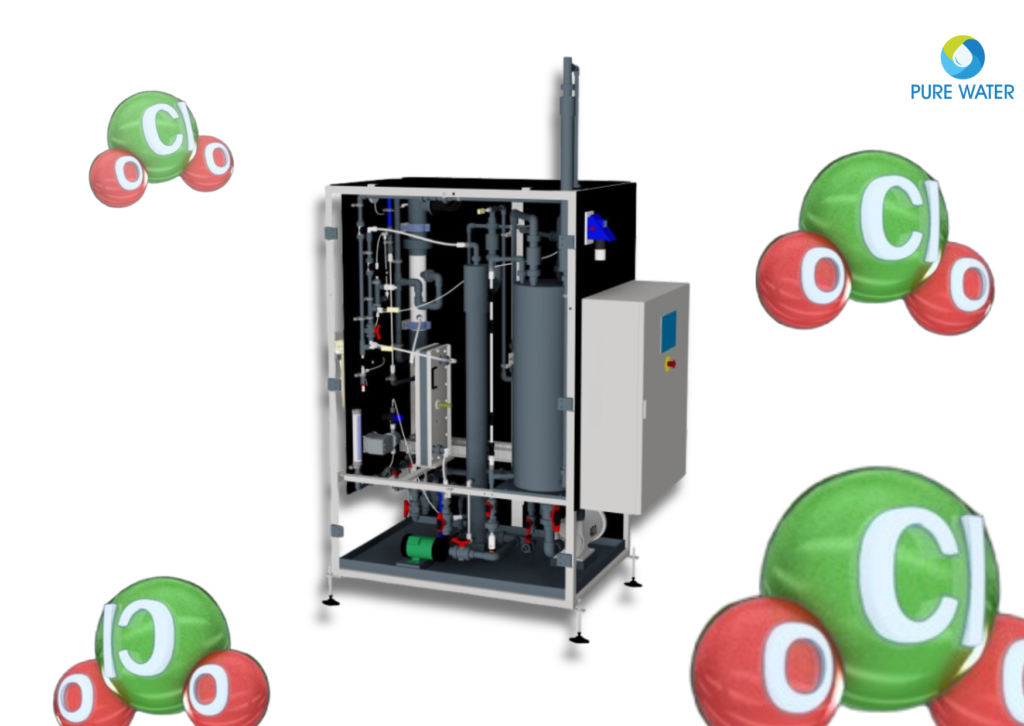
In the age of innovative water treatment technologies, nanobubbles have emerged as microscopic marvels with the potential to reshape water treatment and aeration practices. These minuscule gas pockets, measuring less than 100 nanometres in diameter, are garnering significant attention for their unique characteristics and remarkable applications. In this blog, we will delve into the world of nanobubbles, exploring what they are, why they are used, and the unparalleled advantages they offer over conventional aeration methods.
What are Nanobubbles?
Nanobubbles, as the name suggests, are tiny gas bubbles at the nanoscale level. Due to their extremely small size, they possess intriguing properties that differentiate them from their larger counterparts. These bubbles are typically made up of gases such as oxygen, nitrogen, or ozone, and they can remain suspended in liquids for extended periods due to their size and the electrostatic forces at play.
Impact on Dissolved Oxygen (DO) in water
One of the remarkable features of nanobubbles is their ability to significantly increase the levels of dissolved oxygen in water. These minuscule bubbles have a larger surface area relative to their volume, allowing them to carry more gas. When introduced into water, nanobubbles remain suspended for prolonged durations, gradually releasing the gas they contain. This prolonged release enables a more efficient transfer of oxygen from the bubble into the surrounding liquid, leading to enhanced oxygen saturation levels.
Advantages over conventional Aeration
- Enhanced Dissolved Oxygen: Nanobubbles offer a more efficient transfer of oxygen from the bubble to the water due to their larger surface area, leading to higher and sustained levels of dissolved oxygen.
- Extended Suspension Time: These small bubbles remain suspended in water for longer periods, ensuring a continuous release of gases and nutrients, resulting in a more stable and effective aeration process.
- Energy Efficiency: Nanobubbles can be generated using less energy compared to traditional aeration methods, reducing operational costs and environmental impact.
- Improved Gas Dissolution: Nanobubbles enhance the dissolution of gases like ozone at higher percentages, providing advanced water purification and disinfection capabilities without the need for excessive chemicals.
- Aquatic Life Support: The prolonged presence of nanobubbles and increased oxygen levels promote healthier aquatic environments, supporting fish and other aquatic organisms’ well-being.
Ability to dissolve oxygen, ozone & other gases significantly
The potential of nanobubbles extends beyond oxygen enrichment. These tiny gas pockets exhibit the ability to dissolve gases like ozone at higher percentages compared to conventional methods. This opens doors to advanced water purification techniques and disinfection processes. Ozone, a powerful disinfectant, can be dissolved more effectively using nanobubbles, offering an eco-friendly alternative to chemical treatments.
In conclusion, nanobubbles represent a groundbreaking advancement in water aeration and treatment. Their ability to enhance dissolved oxygen levels, their energy efficiency, and their capacity to facilitate the dissolution of gases like ozone make them a game-changer in various industries. As research in this field continues, we can anticipate even more innovative applications and discoveries that harness the power of nanobubbles for a cleaner and healthier future.
Get in touch with us at info@purewaterent.net to know more about our offerings in this space and how we can help you and your customers obtain the highest aeration efficiency.






About The Author: Pure Water
More posts by Pure Water